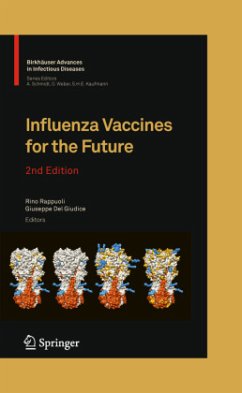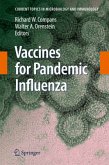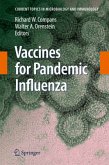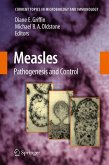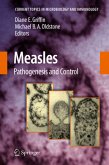The emergence of H5N1 avian influenza in 1997 and of the influenza A H1N1 of swine origin in 2009 calls for new, rapid and sustainable solutions for both seasonal and pandemic influenza viruses. During the last ten years, science and technology have made enormous progress, and we are now able to monitor in real time the genetics of viruses while they spread globally, to make more powerful vaccines using novel adjuvants, and to generate viruses in the laboratory using reverse genetics. This volume not only provides state-of-the-art information on the biology of influenza viruses and on influenza vaccines, but is also designed to be a resource to face the present H1N1 pandemic and to plan for long-term global and sustainable solutions.
From the reviews of the second edition: "What the book delivered was a curious juxtaposition of historical perspective alongside a modern commercial approach: from what went wrong in the swine flu vaccination incident of 1976 in the USA, to which companies are using M2 protein conjugates. ... This type of information is quite hard to glean from the academic literature. It was also great to get solid information about the state of the art today ... . Overall there is some useful detail in this book that is hard to get elsewhere." (Wendy Barclay, Microbiology Today, May, 2011)

